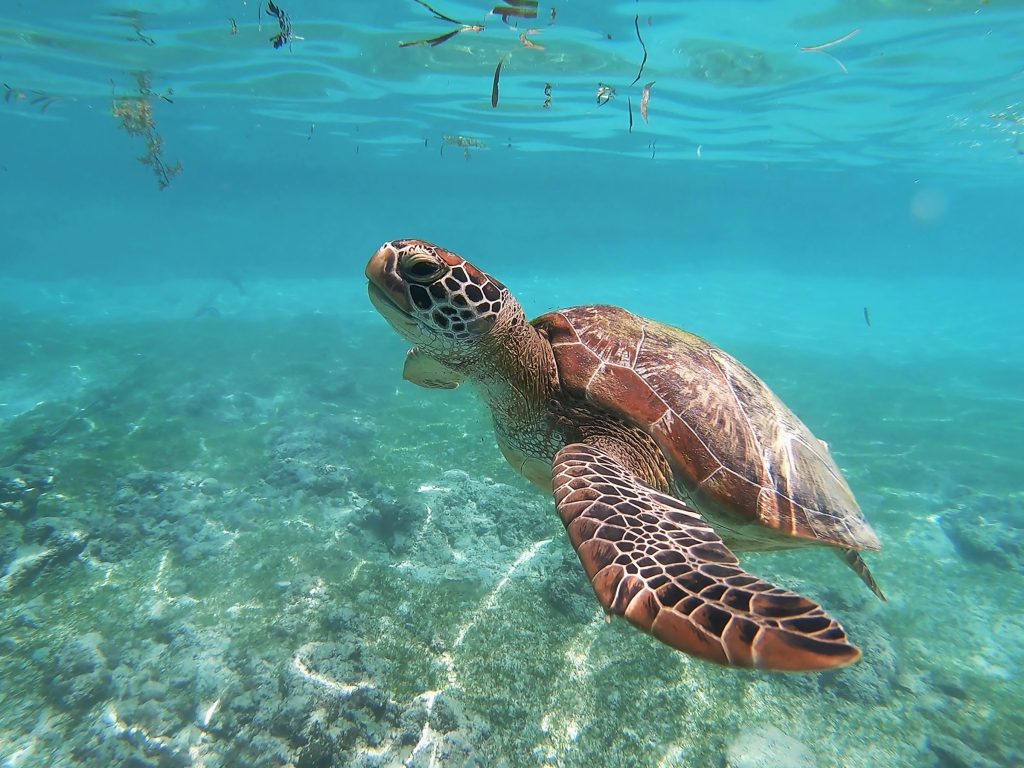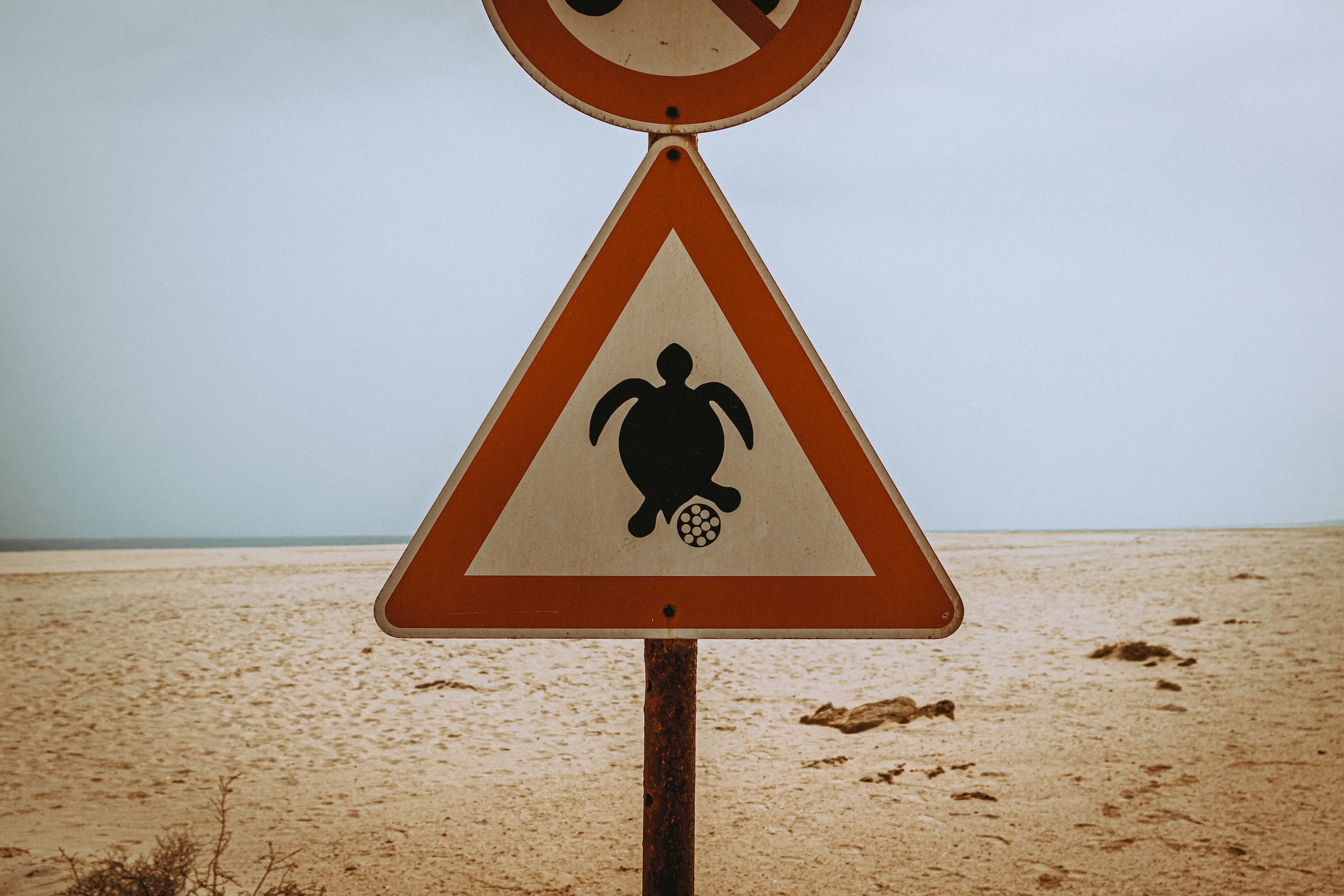
Hope in the Coral Sea: Balanced Gender Ratios in Sea Turtles Show a Silver Lining Amidst Global Heating Concerns
Recent research indicates a glimmer of hope for sea turtle species in the Coral Sea’s Conflict Islands. Notwithstanding the alarming trend of global heating leading to a predominant feminization of sea turtles, the Conflict Islands report an almost balanced gender ratio for newly hatched green and hawksbill turtles.
The Crucial Role of Temperature
Sea turtles, known to be highly sensitive to the impacts of global heating, determine the gender of their offspring based on nest temperature. When nests are warmer, there’s a rise in the proportion of female hatchlings. Analysis of two islands in Papua New Guinea’s Conflict Group revealed that between 1960 and 2019, an average of 46.2% of turtle hatchlings were female, even as sand temperatures rose by approximately 0.6C during the same period.

Raine Island: A Stark Contrast
Research from 2018 paints a different picture for Raine Island, situated close to the northern Great Barrier Reef and approximately 850 km away from the Conflict Islands. Here, warmer nesting conditions resulted in a staggering 99% of the hatchlings being female. Raine Island, known for having the most extensive green turtle nesting site globally, dramatically underscores the impact of climate change on sea turtle communities.
The Unique Conditions of the Conflict Islands
So, what’s different about the Conflict Islands? Melissa Staines, the study’s leading author from the University of Queensland, posits that the island group’s unique climate and environment might be the saving grace. With high rainfall, abundant shade, and a verdant cover of tropical rainforests, pandanus palms, and coconut trees, these islands provide a cooler nesting environment.
What the Future Holds
While the present situation offers some solace, projections for the coming decades are not entirely rosy. Predictions suggest that in the next 80 years, the proportion of female hatchlings on the Conflict Islands could range between 76% to 87%. Yet, Christine Madden Hof from the World Wide Fund for Nature (WWF) is optimistic. She believes that this female dominance may still be adequate for the population’s survival, but emphasizes the importance of vigilant monitoring.

Innovative Solutions: The Seawater Approach
As part of a broader initiative to understand temperature impacts on turtle populations across the Asia Pacific, WWF researchers have discovered a potential remedy. Spraying turtle nests with seawater can drop nest temperatures by 2C, leading to a significant increase in male hatchlings. While some applications marginally reduced hatchling success rates, the results remain promising.
The Bigger Picture
Despite these promising developments, there are pressing concerns about the broader challenges faced by sea turtles due to global heating. Even if turtles adapt by laying eggs during cooler periods, warming seas could still pose a significant threat. The International Union for Conservation of Nature (IUCN) lists two of the seven marine turtle species as critically endangered, underscoring the urgency of conservation efforts.
The survival of these ancient marine creatures hinges on our understanding of their needs and the proactive measures we adopt. The Conflict Islands offer a glint of hope, but comprehensive global action is imperative.
©eco-guardians.org